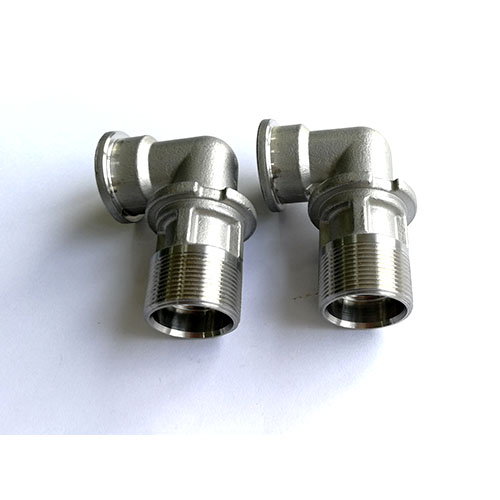3 Antifouling Tips for Precision Casting
Since precision casting contains a large amount of metallic and non-metallic impurities, it is easy to cause loose tissue and high porosity, making it difficult to guarantee the quality of the oxide film. Now, I will summarize 3 antifouling techniques for you.
1. The surface grinding method is to fill the gaps left by the oxidized part with the ground aluminum and connect the resulting gaps like a bridge.
2. High voltage and high current density impact method: During the initial oxidation process of precision castings, the oxidized parts are reconnected under the action of strong current.
3. The surface shot peening method uses a round head hammer to hit the gap and close it by tapping to achieve the purpose of connecting the castings.
The above methods can help you better solve the problem of casting contamination.
There are two characteristics that can appear on the surface of precision castings.
1. When the molding surface quality is poor, precision castings will be demoulded, causing scratches, mostly linear (demolding direction) channels, shallower than 0.2mm and deep about 0.4mm, resulting in clay molds and stainless steel castings that cannot be disassembled. Aluminum materials wear serious.
2. The influence of metal flow on the wall leads to strong metal welding forms (such as thick paste, rolling force wall adhesion phenomenon, the greater the force). When the glue separates, the metal will squeeze the skin layer, precision casting Parts will be stressed.


